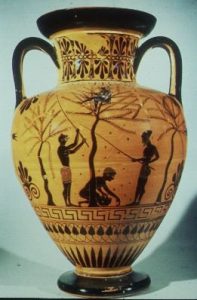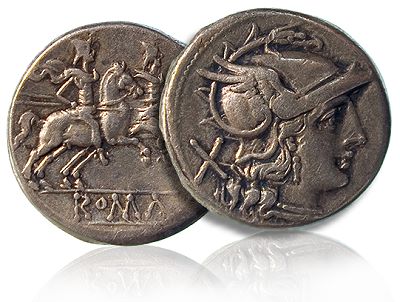The Ancient Greek Trades in various commodities by way of barter system at first and later, modern trade in their own country and across the world.Some of the most traded items in this nation were perfumes from Arabia, cheese and pork from Sicily, wheat, barley, and glass from Egypt, ivory from Ethiopia, and rugs from Carthage.
Ancient Greek Trades
In exchange for these items, Greece produced and traded only wine, olives, pottery, olive oil, fresh-water fish, and jewelry because these are the only items that were in abundance.

Ancient Greece sailors and sailed
Many Greeks were sailors and sailed all over the Eastern Mediterranean. The Greek sailors seem to have found a lot of different ways to make their living from sailing. Some of them were fishermen, and ate some fish and sold some in markets.
The Region of Ancient Greek
Other Ancient Greek Trades, who bought things at one port and sold them at another port and made some profit for themselves along the way.The eastern Greeks controlled much of the Aegean Sea and had established independent cities to the north along the Black Sea. This region of Ancient Greek, in particular, opened up further trade connections to the north that gave access to valuable raw materials, such as gold.

Transportation In Ancient Greek
Transportation made possible the conveying of Greek agricultural materials as well as raw manufactured commodities back and forth within Europe. The two modes of transportation which made man’s population of Europe fruitful were land transport by wagon with horse or ox within the landmass, and water transport throughout the Mediterranean.

Greek Culture
Trading stations played an important role as the furthest outposts of Greek culture. Here, Greek goods, such as pottery, bronze, silver and gold vessels, olive oil, wine, and textiles, were exchanged for luxury items and exotic raw materials that were in turn worked by Greek craftsmen. The Greeks established trading enclaves within existing local communities in the Levant, such as at Al Mina.
In the seventh century B.C., contacts with eastern craftsmen, notably on Crete and Cyprus, inspired Greek artists to work in techniques as diverse as gem cutting, ivory carving, jewelry making, and metalworking.